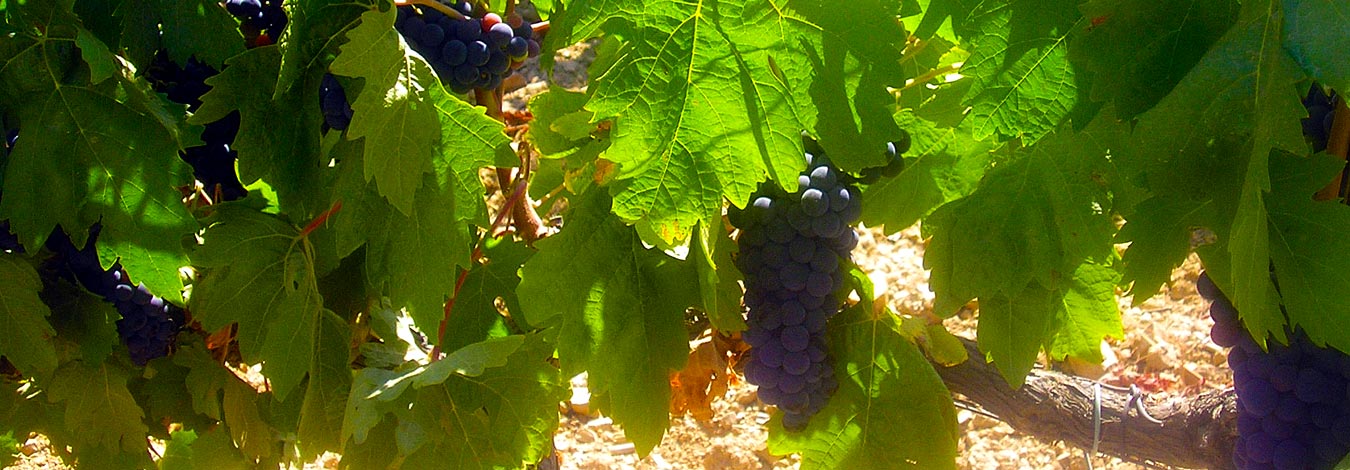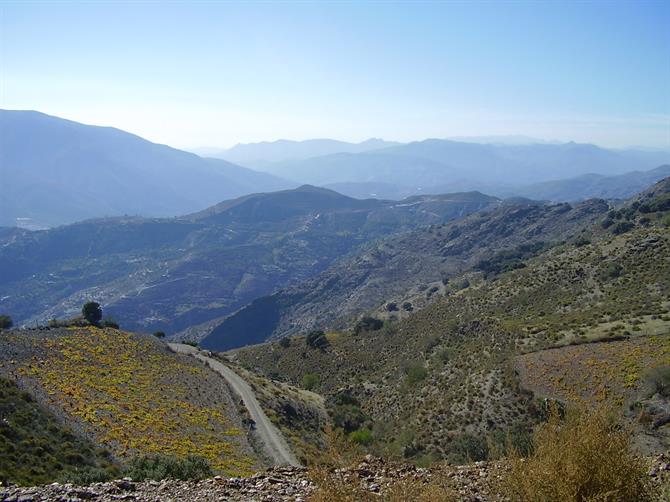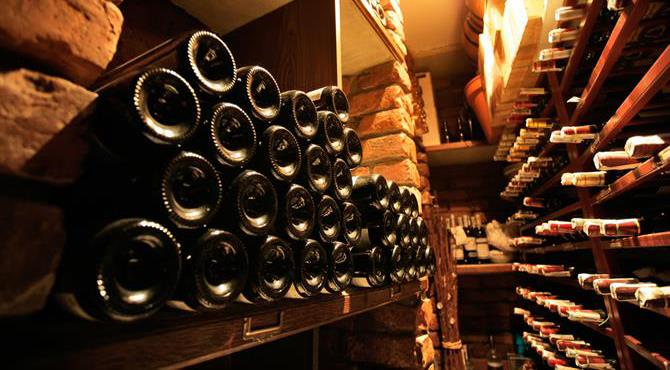Granada is a vast Spanish Vino de Calidad title used in the sunbaked Andalucia, southern Spain. The VC shadows the boundaries of Granada province, from which it borrows its name, in central-eastern Andalucia. Granada became a VC in 2009, and now has DO status. Granada has one subzone, Contraviesa-Alpujarra which occupies the south-eastern corner, bordering the sea.
Andalucia and Granada have a great winemaking tradition, spanning more than two millennia. The Romans were thought to have introduced viticulture to Granada, evidenced by archaelogical findings in the area. The wine tradition continued, flourished even, during Moorish occupation, despite its prohibition under Koranic law. The Reconquest saw a boom in the industry which continued for centuries until the arrival of phylloxera in the late 19th Century. Whilst the louse did not destroy all of the vines, it gave the region a chance to restructure and modernize.
The lofty Granada area edges the Mediterranean sea in the south, while encompassing much of Sistema Penibetico (Penibaetic System of mountains), the tallest peaks in Spain. To the west lies the Sierras de Malaga and Malaga DOs and a number of VT titles share Granada VC's territory, including Laderas de Genil. Most vineyards are terraced and sit at around 3,935 ft (1,200m) above sea level, ranking them amongst the highest in Europe. This altitude means that vines experience significant diurnal temperature variation, which lengthens the ripening period. The climate is a mixture of Mediterranean and continental, experiencing cool winds blowing from Sierra Nevada, relief from the lengthy sunshine hours. Soils are composed of varying amounts of clay and limestone.
A large number of varieties are permitted in the VC, a list that varies for the Contraviesa-Alpujarra subzone too. Granada has taken a particular interest in autochthonous varieties including Vijariego, Verdejo and Pedro Ximenez (not in Contraviesa-Alpujarra) for whites and Tempranillo, Garnacha and Monastrell for reds. Sauvignon Blanc, Chardonnay, Cabernet Sauvignon, Merlot and Syrah, among many other varieties also seem to be well acclimatized to the local climate.
Local wine law stipulates that many types of wine can be made including: white, rosé, red, sparkling and late-harvest wines can also be produced in Granada. Whites tend to be fresh and fruity, reds complex and structured and sparklings elegant thanks to the local conditions that make for quality grape-growing.
The Apujarras: Highest wines in Europe
The Alpujarras is a great region for wine-lovers. Produced in small bodegas on some of the highest vineyards of Europe, the ‘agile’ red, white and rosé vinos de las Alpujarras are proving popular throughout the rest of Spain. Famed Spanish wine critic José Peñin has pinpointed this region as one of his key up-and-coming areas in Spain. “Keep an eye on La Alpujarra of Granada,” he said. “Its winemakers are capable of making great wine.” While production here is small, the wines benefit from the region’s colder night-time temperatures, which give a rest to the vine and allow acidity and complexity to develop within the grape.
Next, we have highlighted some of the estates in the Alpujarra and at the bottom of this page you can find a complete list of wineries in the region.
Juan Reyes estate
A special day out is to head over to Alpujarride and enjoy visiting the vineyard, sampling the wine and having lunch in their restaurant with spectacular views.
The Juan Reyes estate has been owned by the family Nestares Rincón since 1927. It is located at 1,352 meters altitude in the Contraviesa Mountain Range, the heart of the wine tradition of the Apujarras. Now on its fifth generation, this family has managed to reinvent itself from the tradition of making typical wine to current quality wines guaranteed by the Protected Designation of Origin (PDO) “Wines of Granada”.
Their vineyards enjoy breathtaking views of the snow capped mountains of Sierra Nevada and the Mediterranean Sea. Their grapes Tempranillo, Merlot and Syrah grow under sunlight. The characteristics of its rich slate soil, low rainfall, the influence of the sea breeze and the temperature variation between day and night, produce grapes of great complexity that is reflected in the intense and excellent flavors of their wines.
Going from Órgiva to Torvizcón, just as you leave Torvizcón look out for the Alpujárride/Contraviesa sign and turn right. Shortly afterwards you reach a Contraviesa/cementerio junction, turn left and drive for about 15km going uphill all the way on a narrow tarmac road. When you reach a main road (GR-5402), turn right and drive for a few minutes. Alpujárride is on your right. On leaving, turn right and follow signs back to Órgiva.
For more information please look here.
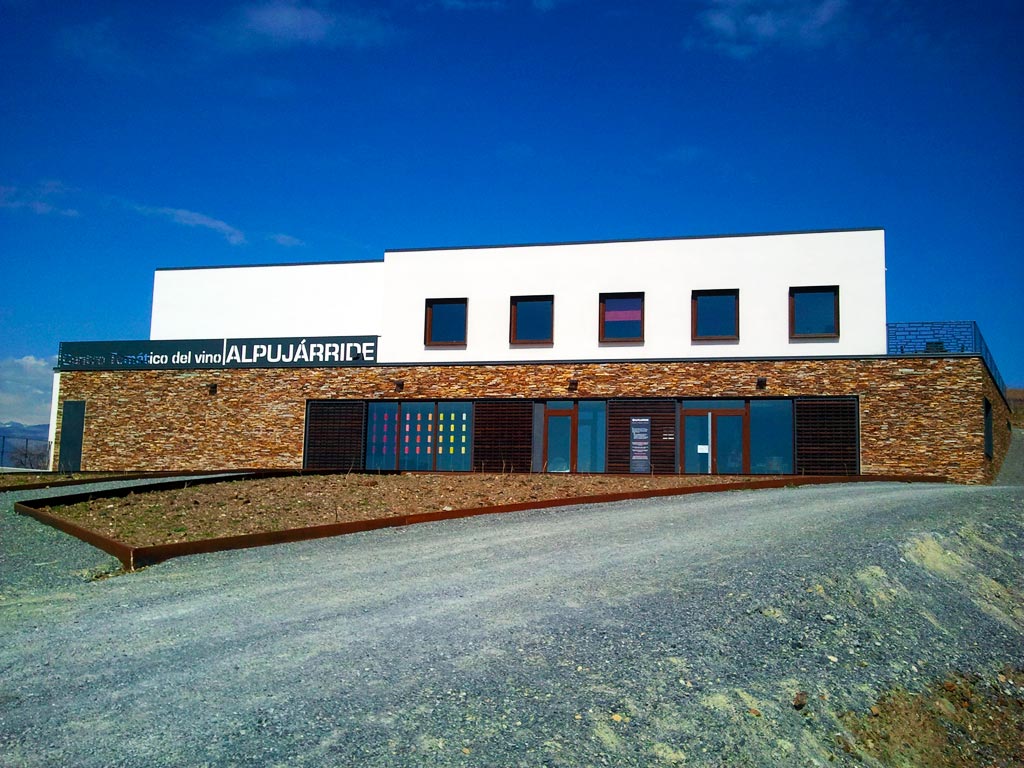
Buenavista Estate
Owned and operated by the Palomar family this winery uses traditional methods in new facilities to produce wines of exceptional quality. This is brought about by tending the vines with care during growth and selecting only the best grapes at harvest. As a result of grape selection and extreme cleanliness on the elaboration process our wines have some of the lowest sulphite content in the market.
All together there is close to 25 Hectares of vineyards (about 55 acres) with an average grape production of 4.000 Kg. per Hectare. Each vine has individual drip irrigation and they are tended by a team of local workers under the direction of an agricultural engineer. The land is a blend of clay and slate with high alkalinity and carbonates.
This estate introduced grape varieties unknown to the region such as Cabernet Sauvignon, Merlot, and Chardonnay. Their wines have achieved recognition by world-renowned wine critics, connoisseurs and tasting groups as well as having received numerous awards in wine competitions in both the US and in Spain.
For visiting groups of more than five people, please call to 958 767254 or 620711372 to schedule a tour.
There is €12 charge per person to tour the winery and includes a guided visit and tasting of select wines. Visiting hours are daily from 11 to 2 pm and from 5 to 8 pm.
For more information please look here.
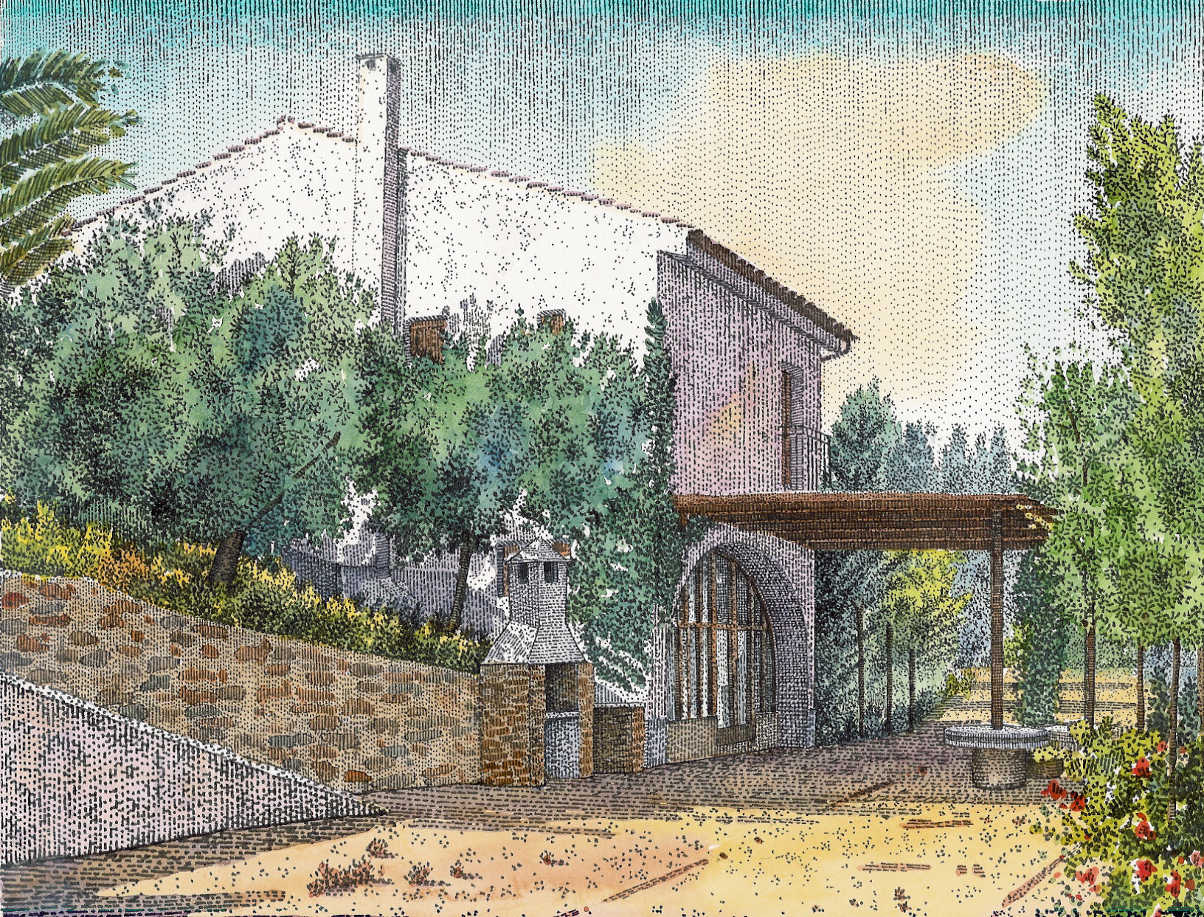
Barranco Oscuro
Manolo Valenzuela returned from Barcelona at the end of the 1970s and bought land in the municipality of Cádiar. Everything about the property seemed to have the potential for making wine. Without much thought, Valenzuela decided to venture into wine production and establish his own brand. “I lived in France and I thought: I want to make wine like that,” explained Manolo. He started by planting varieties such as Pedro Ximénez, Montua, Moscatel, Grenache, Tempranillo, Jaén Blanca and Negra. He took a risk with a local grape, Vijiriega, that had been all but forgotten. “By the end of the 1990s I already had around 14 acres that were producing between 5,000 and 10,000 bottles” says Lorenzo. From that moment on, observation was the best education for the family, so they decided to make wines with no additives and very little manipulation. This meant that the growing season depended on the capriciousness of nature. These natural wines are achieved with minimal intervention during cultivation and harvest. In the winery, no chemicals are used and everything is done to respect the wine.
The winery annually produces around 25,000 bottles of reds, rosés, whites and sparkling wines. All are bottled under approximately 20 brands; primarily single varietal, each with its own personality. Many of the wines pass through the hundred or so barrels in the winery, from which some of the best and highest alcohol wines in La Contraviesa are created. El pino rojo (The Red Pinetree) has up to 17 percent alcohol.
For more information please look here.
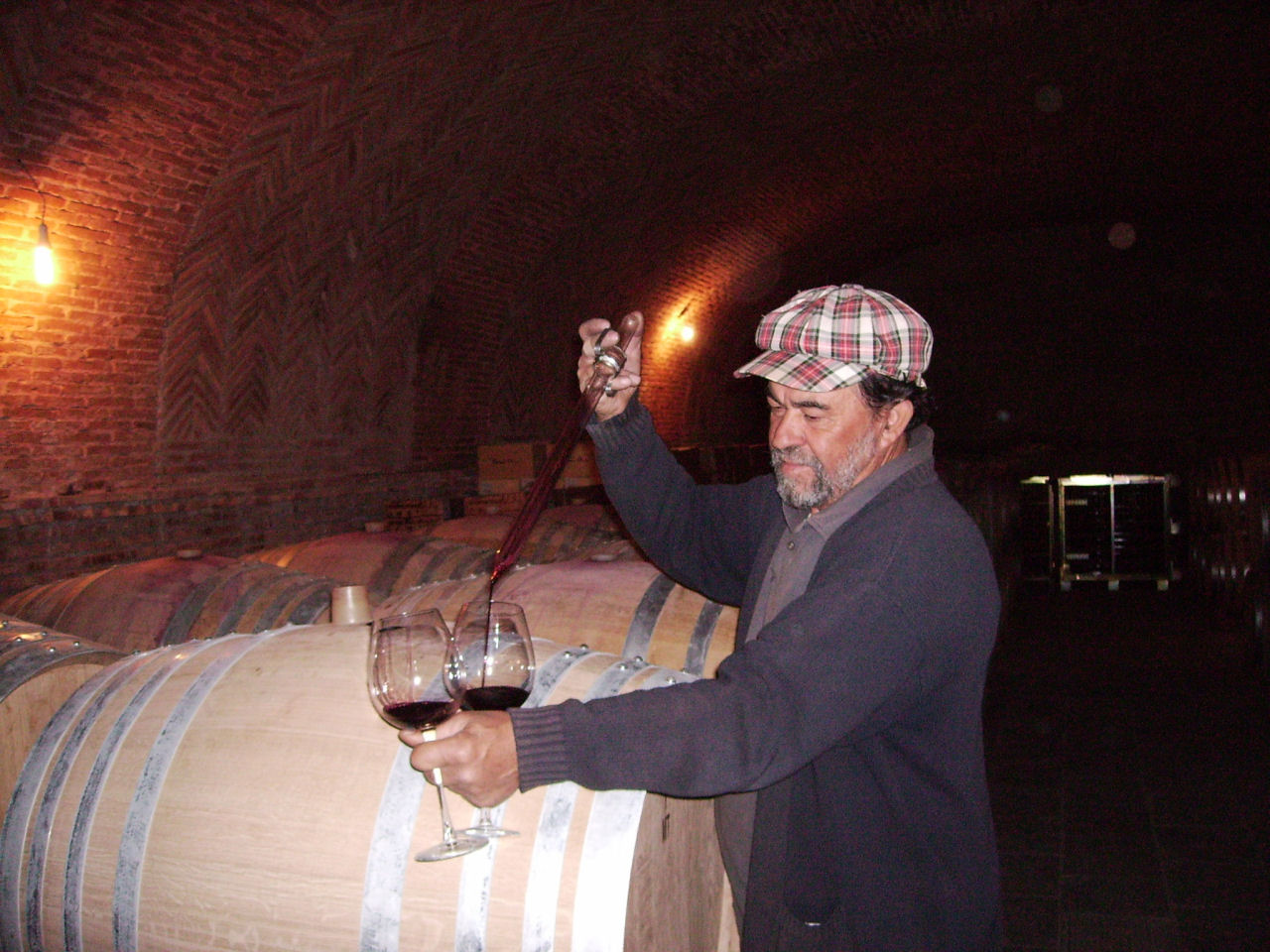
La Bodega Cuatro Vientos
The largest winery in the Contraviesa, with 30 hectares of vineyards, is Cuatro Vientos. Owned and managed by the brothers Castillo and Francisco Javier Molina Castillo (winemaster and Technical Director). Francisco has been responsible for the continuity, maintenance, and high quality of production in spite of changes of ownership. These high quality producing, well husbanded vineyards are a joy to behold, and the views south to the Mediterranean and north to the Sierra Nevada are quite spectacular. There is also an inn, a restaurant, museum, and of course the wine cellars.
With half a century of experience, it has been one of the driving wineries in the appellation "Wines of Granada" and has received many awards.
For more information please look here.
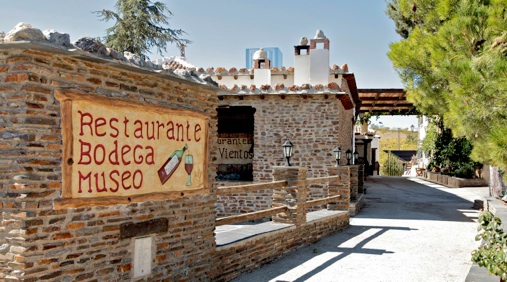
Bodegas Laujar
The family company began operating in 2007 in Laujar de Andarax. The idea of creating a winery was born after José Gabriel Bosquet, owner of the company, decided to undertake solo experience after professionally learning the ins and outs of wine production, although his relationship with the world of wine comes from the hand of his grandfather.
Virginia Bosquet studied enology and is the winemaker. Production is handled very carefully to ensure the quality of their wines. This extends from grape picking to bottling. A further important contribution to the quality of the wines is the choice of barrel and they use French oak that allows for a wine that is much more elegant on the palate. The quality is also supported by continuous analysis and testing to ensure the quality of the grape and stock and to control the amount of sugar and total acidity during fermentation.
Under the brand Cepa Bosquet , this small family company sells Merlot Syrah and Cabernet Franc in the range of red wine, while in the range of whites it distributes Young Macabeo Chardonnay.
The production capacity of the company is an average of 180,000 bottles of wine a year and they only market nationally. "Our potential customers are located in the provinces of Almería and Granada, although our wines are also sold in Malaga, Madrid and Barcelona," said José Gabriel Bosquet.
For more information please look here.
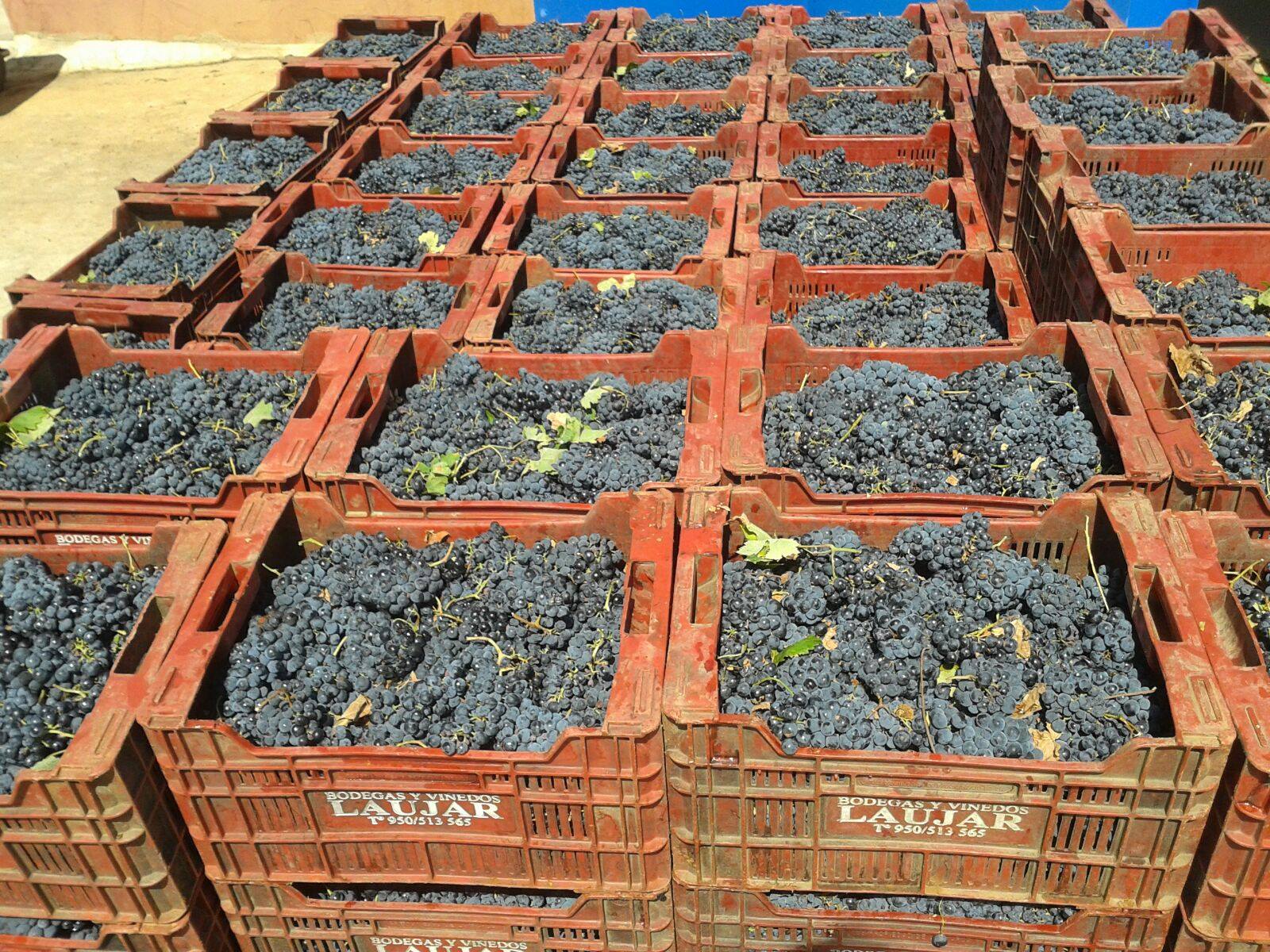
Alquería de Morayma
The Alqueria de Morayma vineyards are at an altitude of 1,000 metres. There are 38 hectares of organically cultivated vines, using methods that can be traced back to when the Arabs lived and worked on these lands. There is two hectares of red wine grapes, and a little lower down the white wine grape Vigiriega which is native to the Alpujarra.
Of the different types of red wine grape they grow primarily Tempranillo, (51% of their production), named for its short growing cycle and early ripening fruit. However, it is actually the Merlot grape (15% ) that is the first to ripen. Syrah grapes constitute 30% and Carbernet Fran and Cabernet Sauvignon make up the remainder.
Their production is small; 7,000 bottles of red wine and 2,000 bottles of white wine. They have a low output, but high quality product - a ‘Vigiriego’ white wine and a red wine (matured for 12 months in the barrel). The wines are for sale exclusively from the Alqueria de Morayama and from the restaurant Mirador de la Morayma in the Albayzin, opposite the Alhambra in Granada.
The winery is also a museum of wine making. The walls are decorated with friezes of specially commissioned, hand painted tiles that illustrate every stage of wine production from earliest times to the present day. The museum also has numerous displays of tools and equipment, containers, books, and posters all devoted to wine making.
For more information please look here.
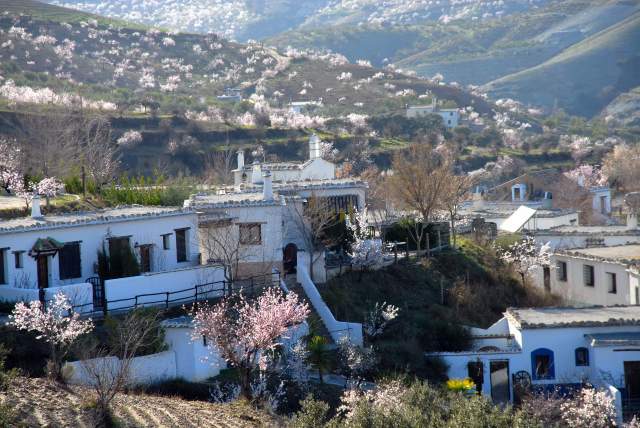
Wineries in the Alpujarra
Bodegas Adela Gualda – Albondón
Bodegas Antonio Manzano Gualda – Albondón
Bodegas Fco. del Castillo Martín – Albondón
Bodegas Felix García Santiago – Albondón
Bodegas Francisco Manzano Santiago – Albondón
Bodegas Hnos. Moreno – Albondón
Bodegas José Rodríguez Lupiañez – Albondón
Bodega los Astacios – Albondón
Bodega Mayla, S.L. – Albondón
Bodega Vinos la Fragua de Albondón – Albondón
Bodegas El Sotillo – Albuñol (La Rábita)
Bodega Lorente – Albuñol
Bodega Alquería de Morayma – Cádiar
Bodega Barranco Oscurro – Cádiar
Bodegas García de Verdevique – Cástaras
Bodega de Maria – Laroles
Bodega Fuentezuelas – Laroles – (video on Youtube : XIV Feria de Turismo, Artesanía y Alimentación “Hecho en la Alpujarra” 2009)
Bodega Maria Carmen Ramos Martín – Laroles
Bodega los Barrancos – Lobras
Bodegas Cuatro Vientos – Murtas
Bodega El Trovador – Murtas
Bodega Piedras Blancas – Torvizcón
Juan de Reyes – Torvizcón
Bodega Dominio Buenavista – Ugíjar (vinos ´veleta´)
ALPUJARRAS ALMERIENSE
Bodega El Pintao – Abla
Bodega de Alboloduy – Alboloduy
Bodeja Cortijo La Vieja – Alcolea (vinos ´iniza´)
Bodega Finca Anfora – Enix (vinos ´vega enix´)
Bodega Fuente Victoria – Fondón
Selección de vinos de Fondón – Fondón
Bodega Cortijo El Cura – Laujar de Andarax
Bodegas Valle de Laujar – Laujar de Andarax
Bodega Condado de Ojancos – Laujar de Andarax
Bodegas y Viñedos de Laujar – Laujar de Andarax
Bodega Hacienda Capellanía – Nacimiento
Bodega Antonio Jiménez – Padules
Bodega Barea Granados – Padules
